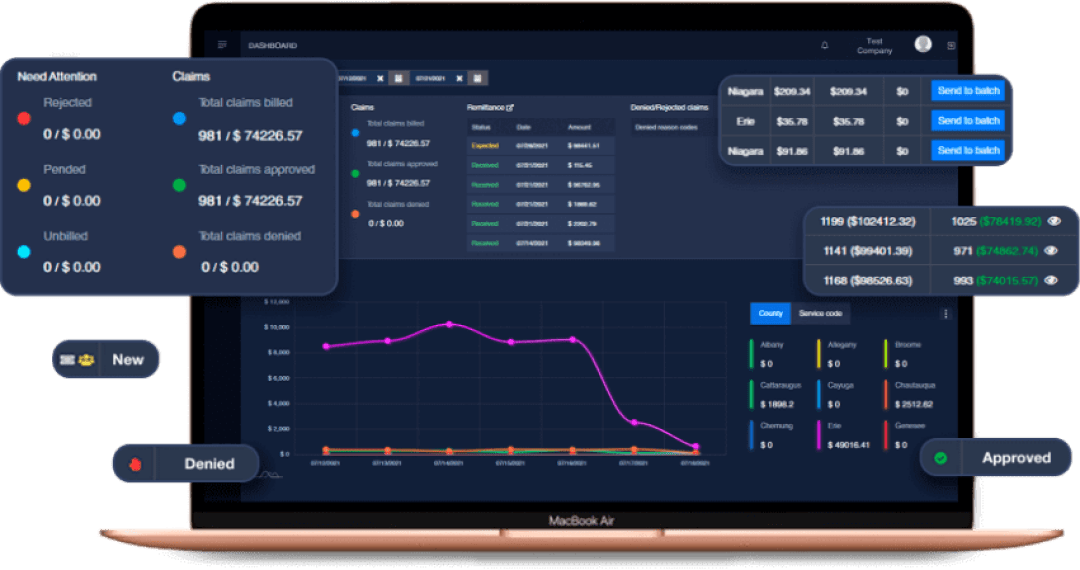Medical Billing Software vs. Traditional Billing Methods
Wednesday Oct. 25th, 2023

For medical practices, maximizing revenue realization requires effective management of the entire billing lifecycle. From patient intake to claim submission to reimbursement, inefficiencies at any step can impact the bottom line. Historically, medical billing relied on manual processes and spreadsheets. Today, purpose-built software offers a more modern approach with potential advantages in productivity, compliance, data access and analytics.
Claim Preparation and Submission
Traditional billing manually creates claims by entering details from patient and EHR systems. This leads to errors from repetitive data entry, taking significant time to reconcile. Software like ClaimGenix imports details electronically to auto-populate accurate claims faster. Tools also verify completeness against payers’ published requirements to reduce rejections.
Tracking and Follow Up
Following up on pending, rejected or denied claims is challenging with traditional notes and tickler systems. Software centralizes claims data for easy status tracking. Users get notifications when actions are required to work claims. Reporting details areas needing follow up like pending statuses and common denial reasons.
Code and Charge Entry
Choosing billing codes and charge amounts correctly is imperative yet complex. Traditional billing references printed code books and fee schedules. Software integrated with EHR systems pulls in approved codes and charges to remove manual searching and pricing. Tools like ClaimGenix also recommend codes and bundles based on payer rules to maximize reimbursement.
Reporting and Analytics
Limited reporting in traditional billing hinders data-driven insights. Software produces detailed reports on denial trends, payer performance, unpaid claims, and other key metrics. Dashboards highlight areas needing attention. Data analytics uncover new opportunities to drive revenue.
Audit Protection
Manual billing workflows and spreadsheets pose compliance risks during audits. Software provides detailed tracking on claims handling with audit trails showing edits, users, and timestamps. Reports demonstrate billing activities follow published rules and internal protocols.
Administrative Overhead
Traditional billing requires significant administrative tasks like copying and filing claims. Software eliminates paper-based processes for direct electronic submission. Patients can also access portals to reduce overhead on eligibility checks and collections.
Scalability and Cost
Adding billing staff is expensive with traditional methods. Software offers economy of scale, allowing a few experts to manage higher volumes. Automation handles repetitive tasks to reduce labor needs. Cloud deployment lowers IT infrastructure costs.
Patient Payments
Collecting patient payments is disconnected from hospital billing. Integrated solutions like ClaimGenix centralize receivables data to facilitate both self-pay collection and balance recovery following insurance payments. Patients can pay online through payment portals.
Conclusion
In today’s complex, fast-changing billing environment, outdated manual processes expose providers to lost revenue and compliance risks. Purpose-built software brings accuracy, efficiency, data access, scalability and automation that transforms billing. While traditional methods sufficed in the past, integrated solutions are needed to maximize revenue in the modern healthcare landscape.
| Tweet |